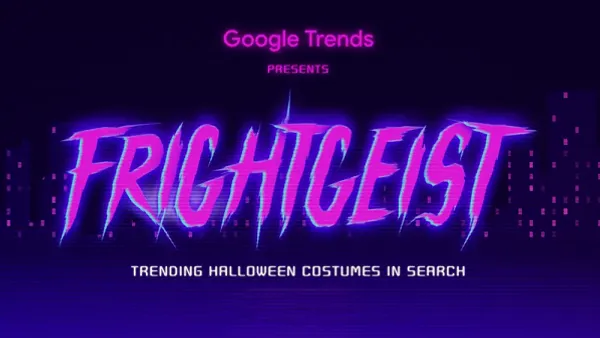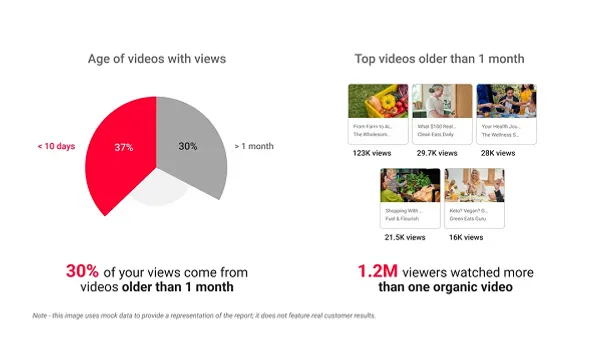
An article from


In the pre-digital era there existed a symbiosis between major sports properties and their media counterparts. The growth of each could not have been as dramatic as it has been without the other. The digital era has made this relationship potentially more contentious as sports leagues are trying to gain more control over their content. With the changing viewing habits of sports fans to online and, many feel eventually to mobile services, sports properties are responding with strategies to gain back control of their content. The May issue of Adweek speaks to the issue of how the major sports leagues are responding to the shift in viewing patterns. The NFL, NBA and NHL all have their own cable channels and MLB will be launching the MLB Network with a reach to already 50 million homes. Examples of this trend abound, with the NFL bringing NFL.com in-house from CBS Sportsline in response to shifting patterns of media consumption. Similarly, the prolific rise in social networking sites over the past few years has made modular content (e.g. RSS, widgets, Vortex) increasingly more important for sports brands as a way to connect with its fan base in a meaningful, time-sensitive and portable way. Major League Soccer has addressed this need by incorporating their widget-like Vortex™ which in turn has significantly increased their web traffic. This strategy has proven extremely successful for the league by adding a new revenue stream while adding the "cool" factor in the eyes of its fans. The proliferation of these widgets, 14,000 and counting, and other applications (too numerous to even count), can also present a problem for properties trying to rein in their brand and content. Obviously, you may never be able to totally eradicate hijacking of brand identification but there are certainly ways of controlling it. One way might be to have the "official widget/Vortex" of the team thus potentially diminishing the impact and quantity of "rogue" widgets. With sports fans increasingly more empowered to control their viewable content, sports brands have a rare opportunity to be both responsive to the needs of their fan base and less reliant on the demands previously made by the media companies that have previously broadcast their content.
Filed Under:
Content Marketing









